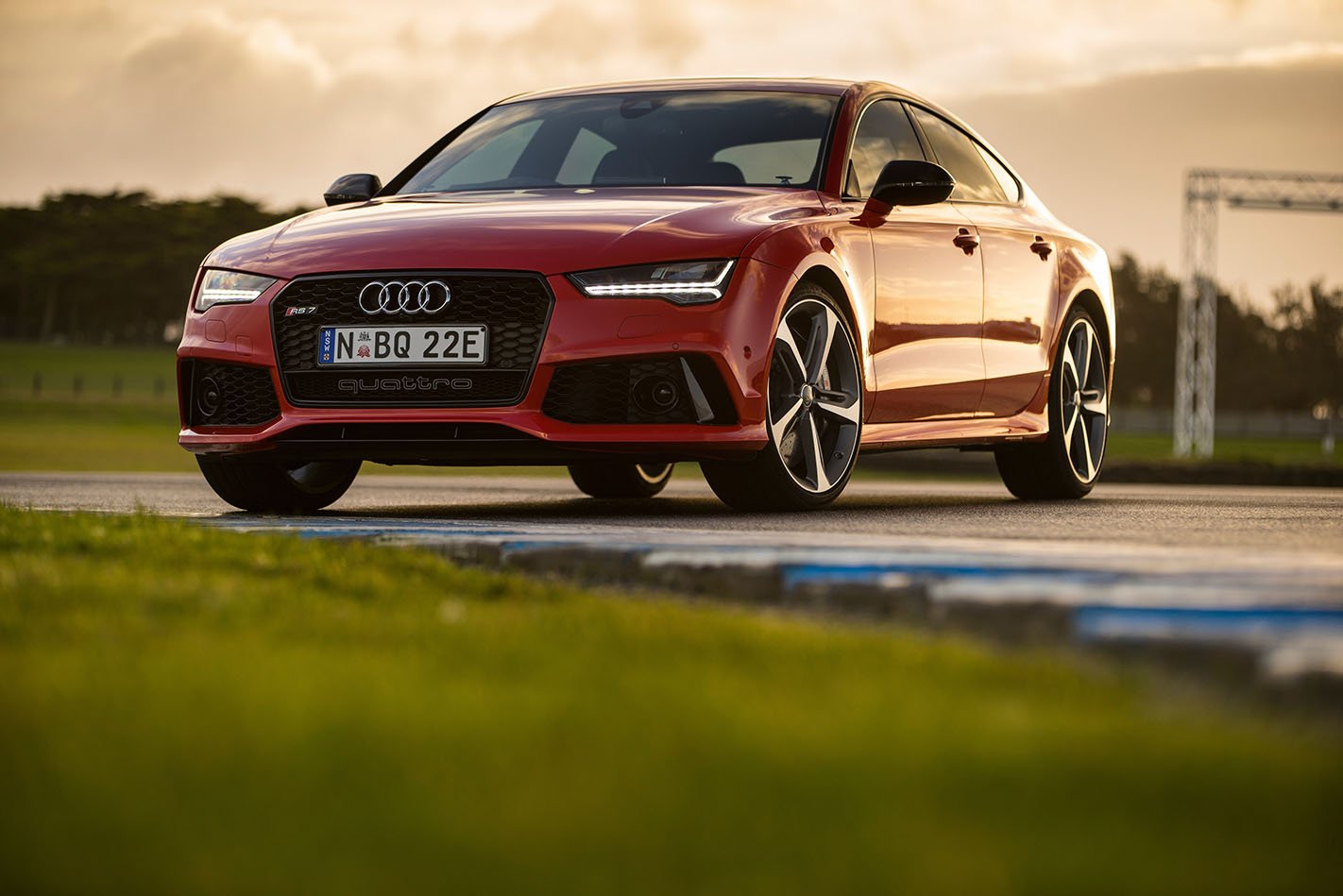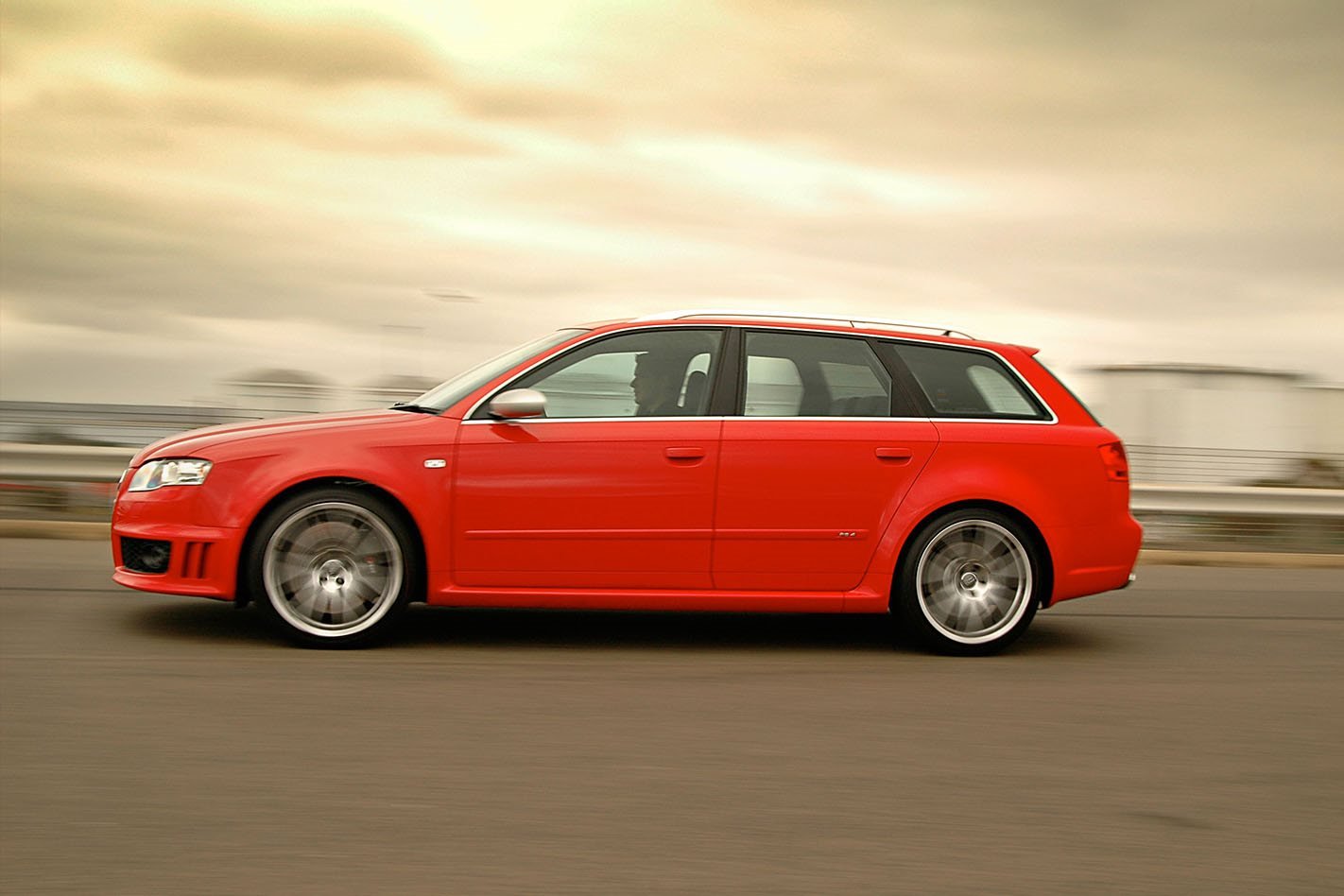Budget: $10K-$25K
2006-2013 Audi S3: Five doors and drives all fours, a great daily driver
If you want an all-wheel drive Audi with a bit of pep in its step, realistically $10,000 is your entry point, though a rare 3.2-litre V6 A3 for $7500 raised an eyebrow.
From here on in, however, you have myriad options. Early manual, quattro TTs in the early teens are stylishly tempting but we’ll recommend the second-generation S3.

Australia’s ‘hot weather climate’ meant local S3s produced 188kW/330Nm rather than the European 195kW/350Nm, but this all-wheel drive hot hatch could still hit 100km/h in 5.7sec which remains respectable.
A six-speed manual was the only gearbox available initially but a six-speed DSG was also offered later, cutting a few tenths from the acceleration times.
Leggy examples can be had towards the lower end of this price bracket but if you’ve got $20K to spend you have the pick of the litter.
Unusual colours (yellow, blue etc.) appear to command a premium, as does the DSG gearbox, but we’d stick with the manual for the added driver involvement.
The S3 appears to be generally robust but like all premium cars regular servicing is pivotal, old oil soon causing headaches with engines, gearboxes and the Haldex all-wheel drive system.
These cars are eminently tuneable, so be aware of any modifications that have been made, particularly remaps of which there may be few, if any, outward signs.
While the chassis can handle the extra grunt, it will shorten the life of the transmission and take a toll on brakes and tyres.
Don’t panic if you can’t immediately find your perfect example, as the S3 was reasonably popular and there is a fairly wide choice in terms of colour, condition and kilometres.
It’s not the most exhilarating driver’s car but, as a quick daily driver, there’s a lot to commend it.

Also worth considering: 1996-2002 Audi S8
One word: Ronin. John Frankenheimer’s 1998 action thriller is almost single-handedly responsible for the cult status of Audi’s first-generation sports limo thanks to its sideways antics as a getaway car.
A number of examples are currently available around the mid-teens mark, with post-1999 cars receiving cosmetic upgrades and a five-valve version of the 4.2-litre V8 with 265kW/430Nm.
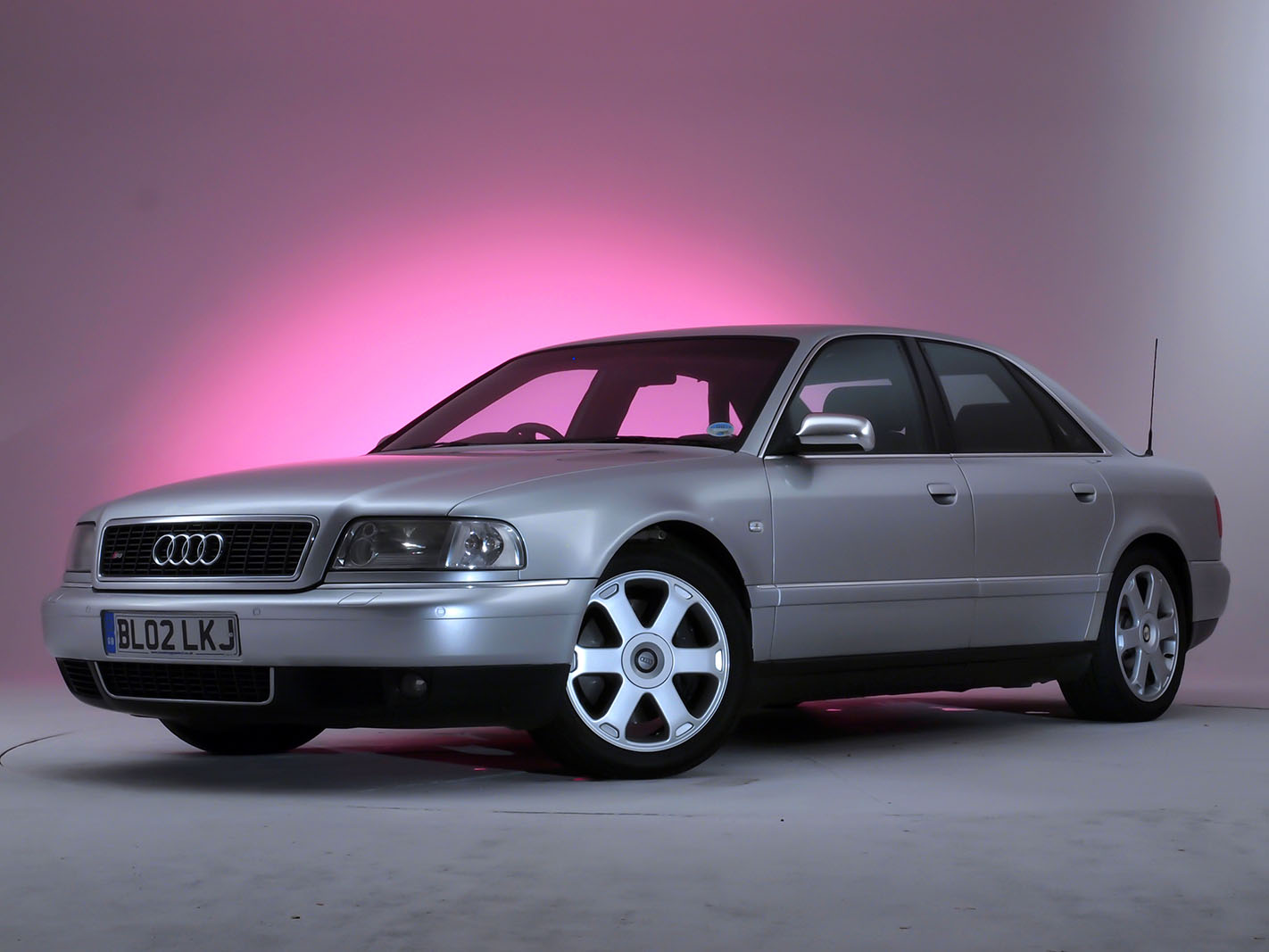
Budget: $25K-$50K
2008-2014 Audi TT S: Stylish but with plenty of substance
The TT S isn’t likely to appear on too many ‘Greatest Ever Audi’ lists but perhaps it should.
If the definition of automotive excellence is ‘performance of intended function’ then the TT S scores a gold star. Maybe two.
It didn’t set out to be a better driver’s car than a Porsche Boxster or as hairy chested as a BMW Z4 sDrive35is, but what it did set out to do – it did so brilliantly.

Rapid, fuss-free acceleration in all weathers? Tick, thanks to the 200kW/350Nm 2.0-litre turbo four-cylinder and slick six-speed DSG gearbox. The sprint to 100km/h took just 5.2sec and it kept pulling. At PCOTY 2008 the TT S matched the Mitsubishi Lancer Evo X over the quarter mile with a 13.83sec at 165km/h effort, but from there left its Japanese opposition for dead, hitting 200km/h 2.3sec quicker.
What was truly remarkable, though, is that the Audi matched the road-going rally weapon around Wakefield Park.
For years fast Audis had been great on road but fallen apart – metaphorically, of course – at the first sight of a ripple strip. No longer.
Granted, it wasn’t the last word in driver involvement but the front end now had accuracy, the brakes were strong and the quattro system actively involved the rear wheels in the meeting rather than just reading them the minutes after the fact.
Prices start at just over $25,000 but very low-kilometre examples – we’re talking fewer than 35,000km for a 10-year-old car – can be had for less than $35,000.
Like the S3, as long as servicing is up to date – double-check the aforementioned low-kilometre cars have all the requisite stamps –TT S ownership needn’t give you sleepless nights, but be aware that this is a high-tech car and gadgets like dual-clutch gearboxes and magnetorheological adaptive dampers aren’t cheap to replace should they die a premature death.
The most common issues seem to be dodgy power windows and sagging seat bases.
If you like the idea of the TT S but want something with a little more punch, then early RS models fall within this window, manual examples with around 100,000km on the clock scraping under $50K.
They offer huge performance and a great soundtrack, but aren’t necessarily any better to drive in the bends.

Also worth considering: 2010-2015 Audi RS5
There are some left-field choices in this price bracket, particularly early RS Q3s, though the rare and under-appreciated S1 is worth a shout. Great little car.
Our pick, though, is the RS5, complete with one of the world’s all-time great engines.
There are plenty to choose from starting at just over $40K, but be aware that continual steering and suspension updates mean the later cars drive better.

Budget: $50K-$100K
2006-2008 Audi RS4: Own a former Performance Car of the Year!
The obvious answer to the $50K-$100K question is RS3. Quick, comfortable and characterful with massive power potential should you be that way inclined, there are plenty to choose from so it should be easy to find one that suits your needs. But nah.
As nice as the RS3 is, it’s no match for one of the finest performance cars of the 20th Century, MOTOR’s 2006 Performance Car of the Year, no less.
Yes, the BMW E60 M5 and E63 M6, Lotus Exige S, HSV GTS and even the Porsche 911 Turbo were all beaten into submission by the B7 RS4.

To be honest, we probably would’ve chosen the RS4 for this category regardless, but with editor Andy and I having both recently sampled a beautiful example and emerged with mouths agape it became a no brainer.
This is a very special car to drive, with a droolworthy V8 that revs to 8250rpm, one of the best six-speed manual gearboxes you’ll ever use and a chassis that delivers confidence-inspiring yet entertaining handling and a fine ride to boot.
Speaking of boots, there is the choice of two, four or five doors for the B7 RS4, Audi offering a sedan, wagon and convertible.
The latter is probably better than you think, but it’s heavier, wobblier and slower than its siblings.
Prices actually start just below the $50,000 mark and increase from there depending on age and mileage.
You will hear horror stories regarding RS4 reliability, usually to do with an endless cascade of warning lights and faults, but in general they are hardy.
An up-to-date service history isn’t enough; the V8’s thirst for oil (up to three litres per 1500km) means regular checks are required to prevent fairly catastrophic engine damage.
Failed coil packs can cause a misfire but the most common issue seems to be carbon build-up due to the engine not being used hard enough, often enough.
The other major warning regards the clever diagonally-linked dampers, which can leak and are expensive, particularly as if one goes you really need to replace all four.
Some cars may have had regular coilover suspension fitted instead. This won’t be a cheap car to run, but go in with your eyes (and wallet) open and you’ll score something special.
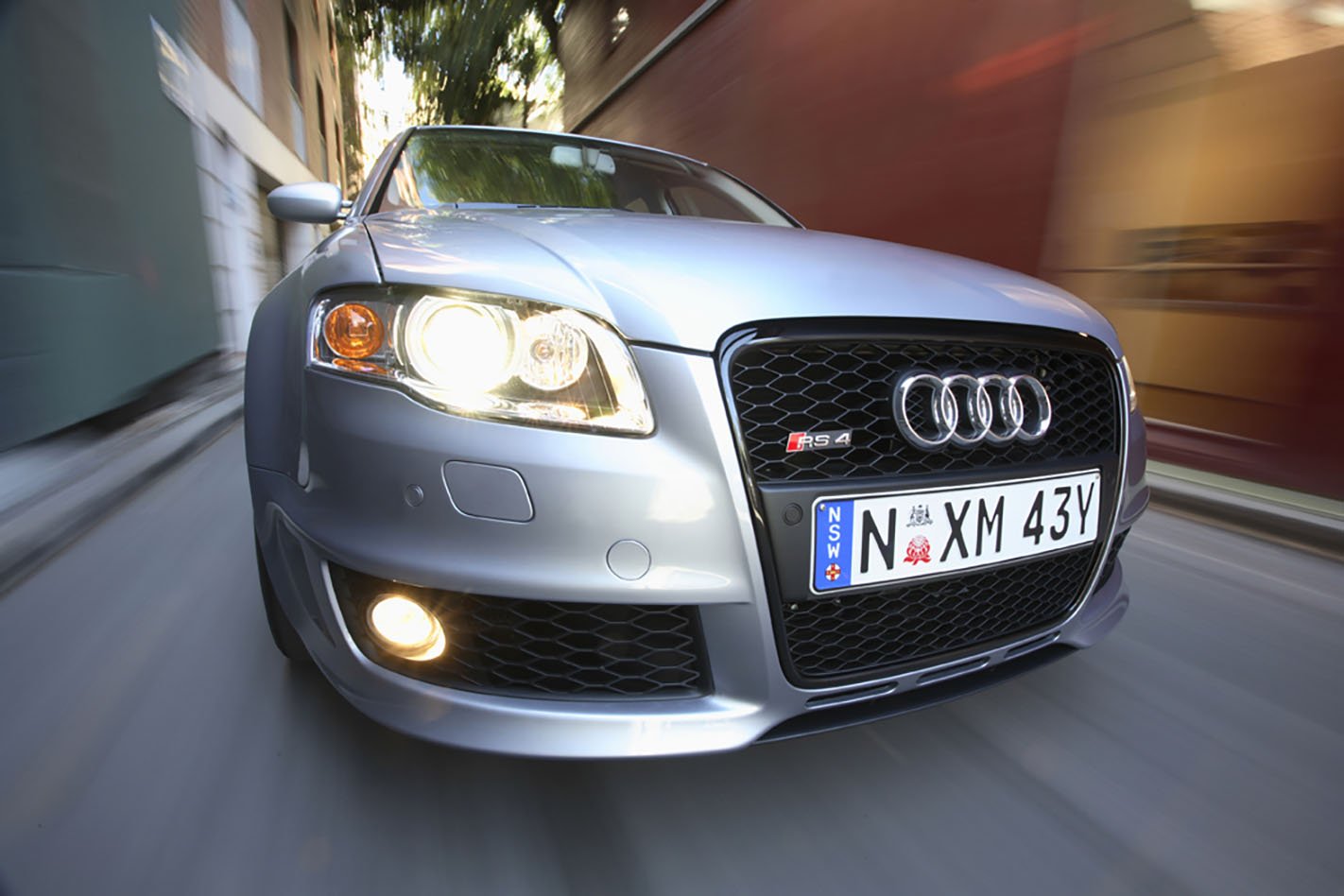
Also worth considering: 2008-2010 Audi RS6
When it comes to speaking softly but carrying a big stick, the C6 RS6 whispered almost inaudibly but wielded an almighty Californian redwood.
Its demure looks required a second glance from even hardened petrolheads yet under the bonnet is a 426kW/650Nm 5.2-litre twin-turbo V10.
They’re rare, and you’ll need around $65,000 for an example with less than 100,000km on the clock.
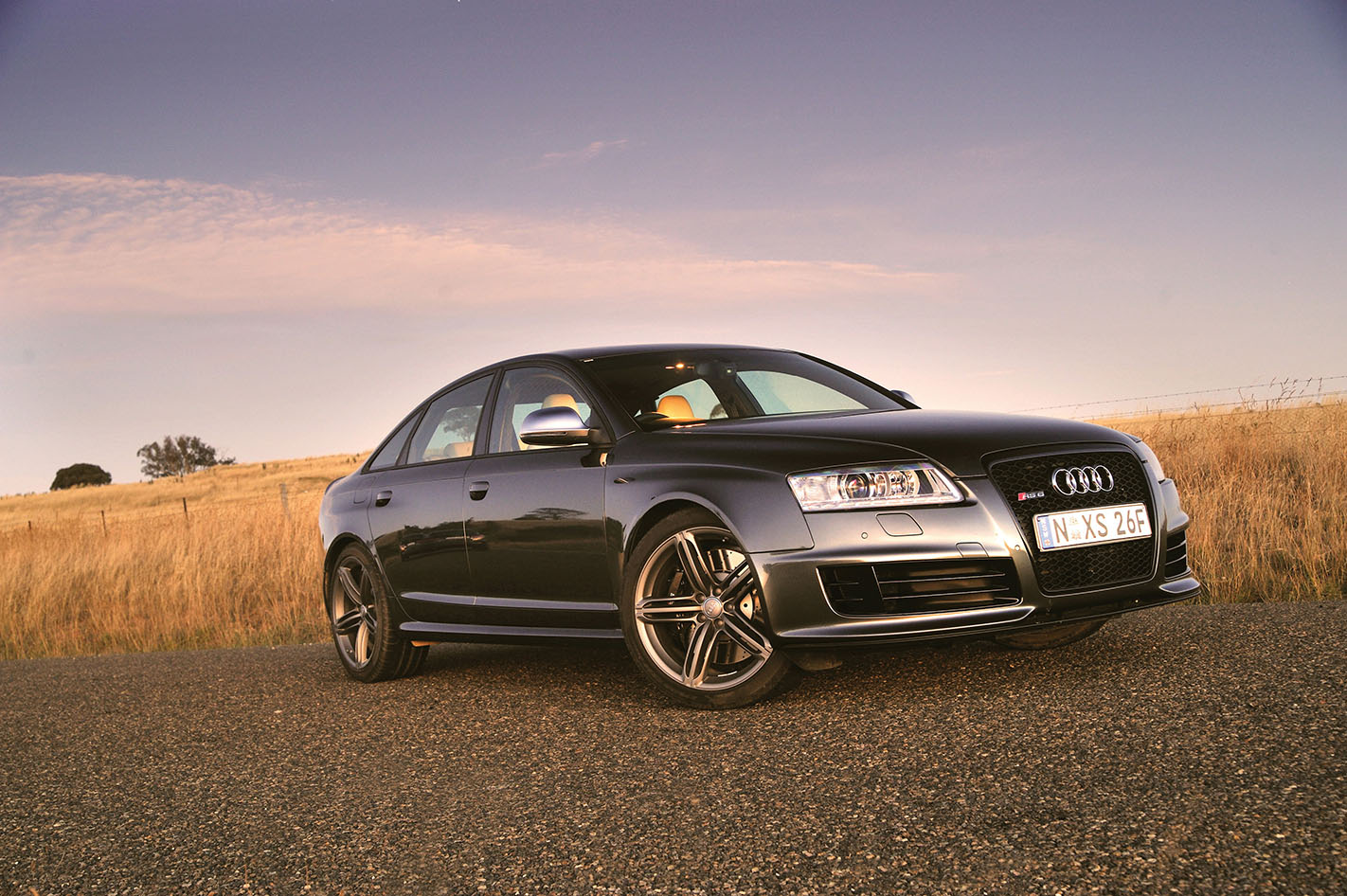
Budget: $100K-$200K
2006-2013 Audi R8: A sexier, more sonorous 911 alternative
At the top end of town it has to be an R8 but that’s not as simple as it seems because there are plenty of variants to choose from.
The good news is that with one caveat there isn’t really a dud, each providing a more exotic looking and sounding alternative to the Porsche 911.
Some will argue that the lighter V8 is the sweeter handling car, while others are understandably seduced by the power and noise of the 5.2-litre V10.

The caveat is that the automatic option for most of the first-generation R8’s life was a robotised manual called R-tronic.
You might be tempted by this as it’s by far the cheapest entry point into R8 ownership but unless you really have to, don’t.
It would be too much to say that it spoils the experience but the slow, clunky shifts certainly don’t enhance it.
While early R-Tronic V8s can be found for less than $100K, manuals command a substantial premium – budget for around $125K.
Happily, in 2013 Audi saw the error of its ways and introduced a seven-speed dual-clutch automatic for both the V8 and V10 models.
Facelifted V8 Coupes start at $150K with Spyders an extra $10K on top of that. The premium for a V10 isn’t huge, a Spyder available for $180K and all dual-clutch examples, dubbed S-tronic, show less than 50,000km.
Our pick, though, is the car pictured, the last-of-the-line V10 plus.
Outputs increased to 404kW/540Nm, fixed-rate suspension replaced adaptive dampers and carbon-ceramic brakes appeared standard.
It was good enough to capture our 2013 Performance Car of the Year title, backing up the standard V10’s joint win in 2009, the honours shared with the Nissan GT-R.

Prices started from $408,200 but at the time of writing an example is available in Victoria with just 24,600km on the clock for $189,000. That, ladies and gentlemen, is a supercar bargain.
The steering is a little slow but the chassis is certified gold and the engine to die for.
Also worth keeping an eye out for are a number of special editions such as the harder, faster GT (just 333 offered worldwide) and the laser-lighted, 419kW R8 LMX, of which just 99 were built and three came to Australia. You’ll pay a substantial premium for either!

Also worth considering: 2015-2017 Audi RS7 Performance
Of course, a low-slung, two-door supercar isn’t for everyone, but if you want the performance with added practicality, then there is the RS6 or RS7 Performance, offering 445kW/750Nm from a 4.0-litre twin-turbo V8.
Audi claimed 0-100km/h in 3.7sec and 0-200km/h in 12.1sec, but our test car made a mockery of this, clocking 3.37sec and 10.95sec respectively. Prices start at around $115K.
